Ethereal Clouds Multi-Process Technique Featuring Knomad Marshmallow DK
Creating an ethereal, cloudlike colorway in a two-step process utilizing salt shaker speckles and resists.
Featuring:
Marshmallow DK (superwash merino)
Our Goal:
How to mix techniques and layer our dye application in stages to preserve the integrity of both the pastel background color and the speckles with a minimum of browning out any of the rainbow.
Stressed for time and wanna get an abstract? Here ya go:
Abstract:
Pick your favorite Knomad superwash base and soak it in synthrapol and citric acid – roughly 5 skeins, a tablespoon of acid and a teaspoon of synthrapol. Gently squish out the excess water and lay damp skeins on a baking tray, salt shaker speckle in your favorite flourescent neons, then heat set/rinse/dry. Fold the skeins so the speckles are on the inside and tie 5 equally spaced resists. Then overdye at .10% background colors and shake on the speckle color that matches each background and heat set again.
For those with time to read up on the finer details, let’s dive in!
You will need:
-Gloves
-Respirator
-A way to heat set your yarn (steamer, proofer, oven, induction plate)
-Acid Reactive Dye in neon colors (recipe below)
-Tray
– Respirator
-Citric Acid
-Salt shaker filled with 50% dye 50% table salt
– 6” reusable zip ties
-Gram Scale
Process number 1: Apply the speckles
Directions:
Take your favorite superwash base from Knomad and soak them in 2 gallons of warm water, a tablespoon of citric acid and a teaspoon of synthrapol for a minimum of 2 hours. Gently squish out the excess water so they’re damp but not soaking wet and lay all 5 skeins out on the baking tray. I use baking trays from restaurant supply so I can get the full length of the skein without it being bunched up. You can lay on plastic wrap to pop in the streamer or a food tray/pot in the oven.
To most closely match the reference image, I did a random speckle pattern with each color, making sure I wasn’t putting colors opposite each other on the color wheel over each other – i.e. no yellow over purple, orange over blue or pink over green. Here’s the colors I used:
Dharma Trading: Purple Pop, Fluorescent Lemon, Fluorescent Safety Orange, Spearmint Breeze, Bright Aqua, Radioactive
Pro-Chem and Dye Washfast Acid: Hot Pink and Brilliant Violet
Aljo: Lily Rose
I mix the salt and dye 50/50 by volume, not weight. This allows me to speckle and get a more uniform margin and diameter on the speckle by mixing it with salt. Very powdery dyes like fluorescent lemon or hot pink usually drop in a clump, not a speckle, and using the shakers gives me more uniformity on speckle size. Also less back bleeding behind the speckle.
As you can see, I speckled pretty heavily across the top, while leaving the back completely bare, in anticipation of part 2, laying in the pastel main color.
I heat set in my proofing oven for 2 hours, it takes about an hour to get to temperature and about an hour for them to be fully set. If in a steamer, half an hour is sufficient as long as you let the yarn cool to room temperature before washing. No rinsing hot yarn, even if it’s superwash! It’ll bleed and mess up the second step.
Second Dye Application:
Fold your skeins so the speckles are on the inside and the white parts are on the outside, then tie 5 evenly spaced resists over the skein with the zip ties. If the speckles are facing out, then they’ll end up fairly muddy and “autumnal” looking instead of retaining their bright neon goodness.
Recipe for background colors:
- .1% hot pink / .10 gram of dye per 100 gram skein
- .1% lily rose / .10 gram of dye per 100 gram skein
- .05% brilliant violet / .05 gram of dye per 100 gram skein%
- .15% bright aqua / .15 gram of dye per 100 gram skein
- .15 spearmint breeze & radioactive / .075 spearmint breeze .075 radioactive gram of dye per 100 gram skein
I add a teaspoon of citric acid and the above dye powder amount to each tray and dissolve in hot water. I fill the tray almost to the top. I put it on an induction burner and bring up to boil, quickly submerge the skein and then lower to 180 until the water starts to clear (about 9 minutes, 22 for non superwash). It is imperative to let cool to room temperature.
– You might be asking why I did different percents for the background colors. Some dyes are more potent than others, if they were all the same percentage, then some would be pastel and some would be pretty bright! Brilliant violet is so powerful, bright aqua, not so much.
You might also be asking why I dried the skeins in between and I’m putting them in dry in a super hot acidic bath. Because I don’t want the dye migrating under the ties and turning our luscious rainbow goodness into a sad rainy day of brown. And I want the dye to strike as quickly as possible on the outside and leave the inside dry and rainbow untouched.
On the left: submerge the skein and quickly get all sides wet
On the right: add a few more pink speckles to the white space to make sure that this skein is PINK with rainbow speckles instead of rainbow that is mostly pink. There’s a difference, I swear!
Now do the rest of the skeins
Sometimes the dye Sometimes the dye leaves And some colors just bleed
Is 100% absorbed and residue behind no matter what you do
The water is crystal clear
There are historically problematic colors across all lines – hot pink, turquoise, black, red.
And then there’s specific colors from specific dye lines that bleed no matter how little dye you used (.10% is NOTHING) how much acid, how high the heat, or long the exhaust. Lily Rose, on the right, is one of those colors. It’s so pretty I put up with it, rinse it for a couple minutes, and call it a day. Luckily it doesn’t bleed on the hands, but get it wet and say hello to it’s neon peach fist!
Here’s the glamour photos under blacklight and regular light.
This technique is great for when you want lots of discordant colors to play nicely together and to keep your speckles crisp and visible in the finished fabric of the knit/crochet/woven piece. If you’re a huge fan of purple and orange, orange and blue, yellow and violet, green and pink, red and green, or any other combination that typically does not marry well and produce a nice third color, this technique will minimize brown out and allow you to get your favorite colors together and playing nicely.
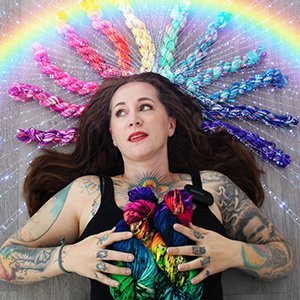
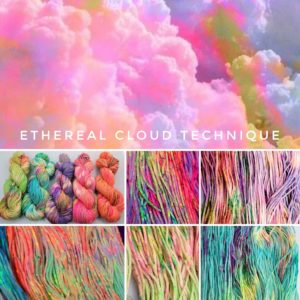
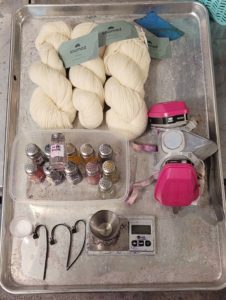
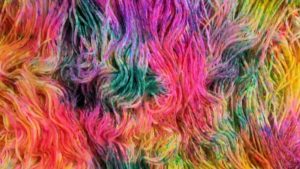
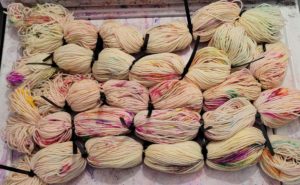
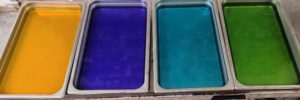
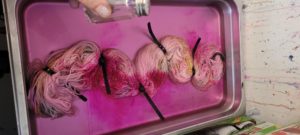
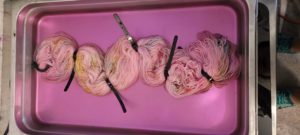
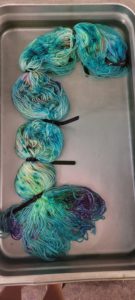
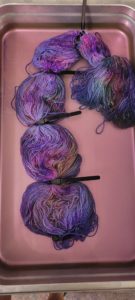

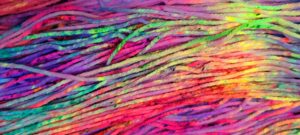
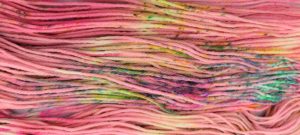
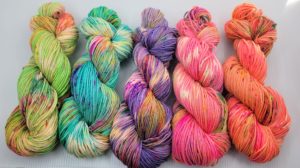
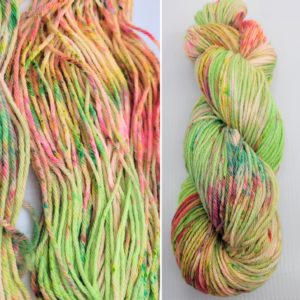
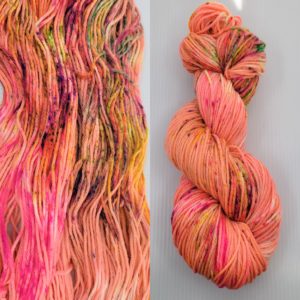
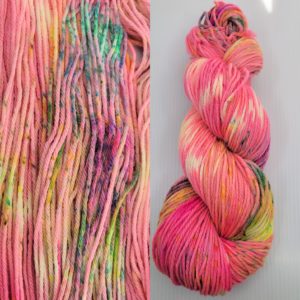
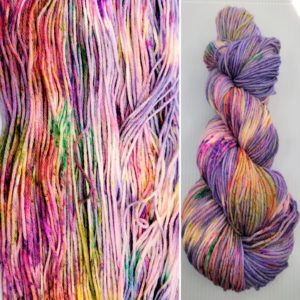
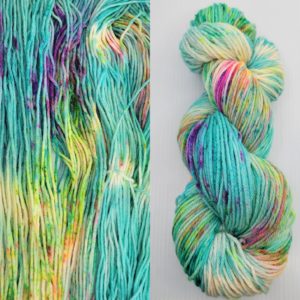






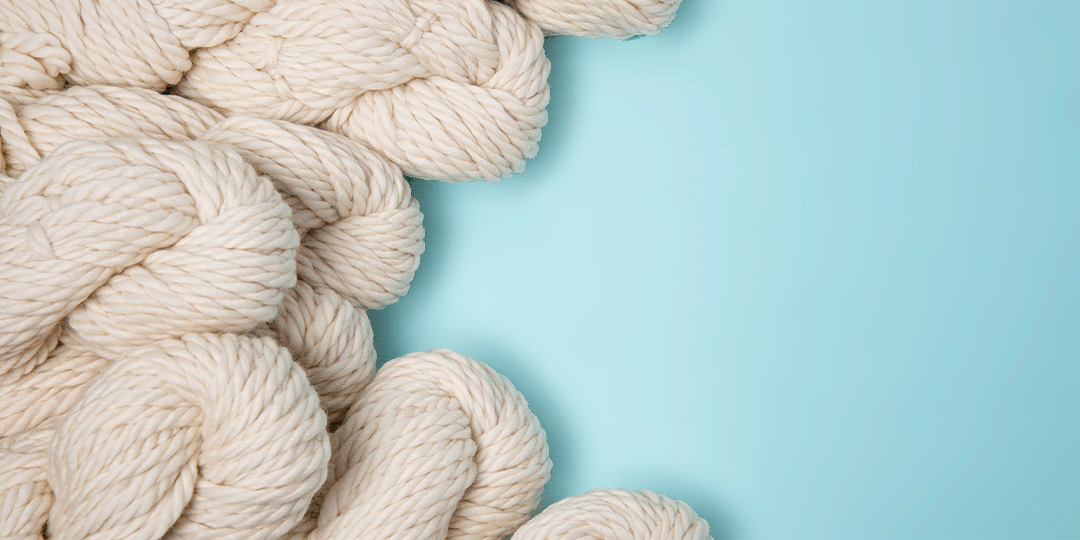

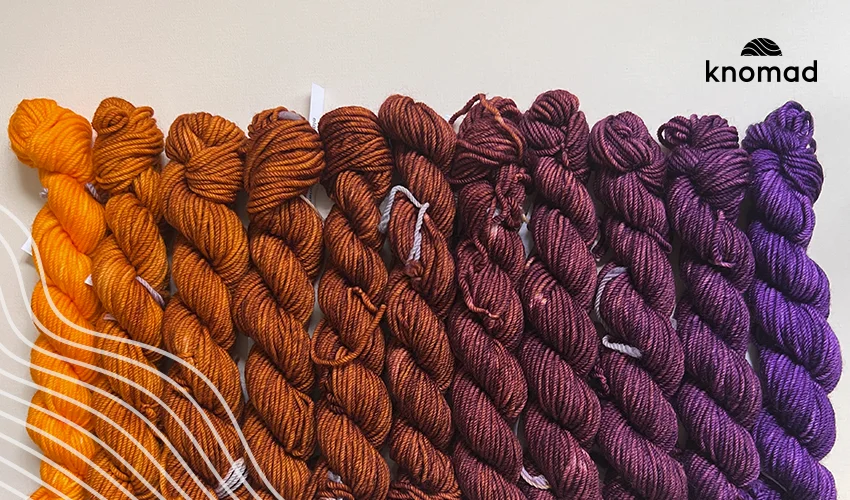
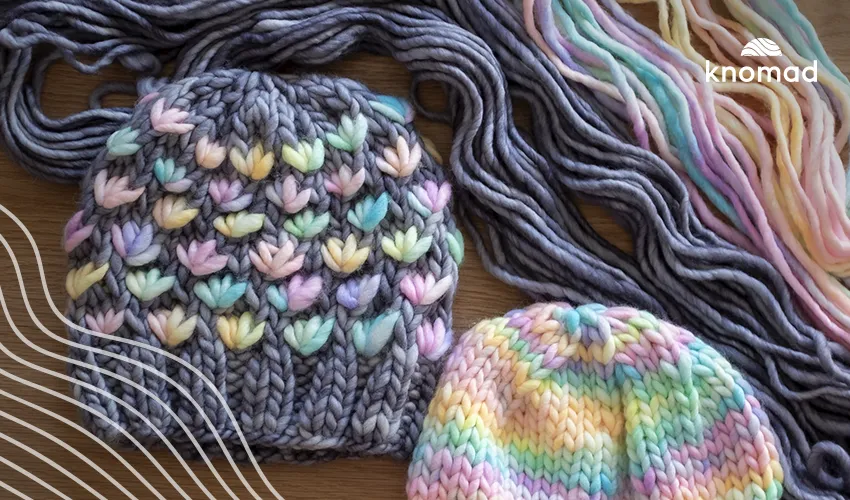
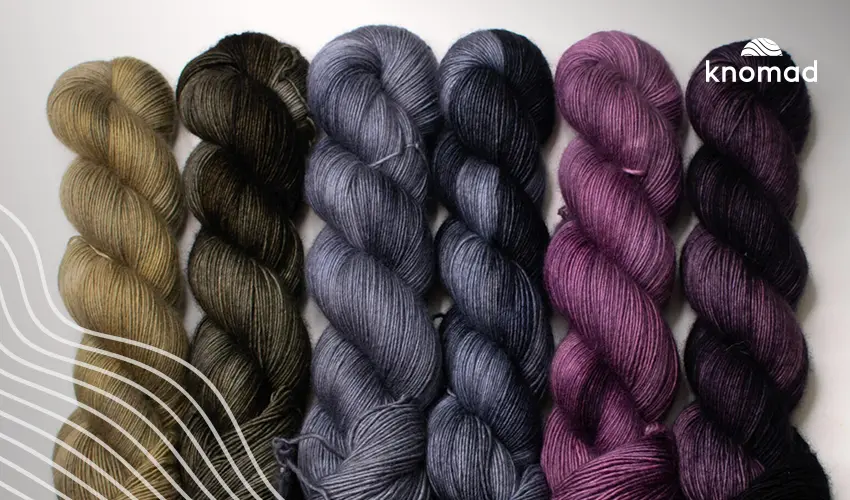
Gorgeous!!!!!!!!!
Completely gorgeous!!!!
Beautiful dyeing job. I will have to give it a go.
Thank you for sharing your techniques.